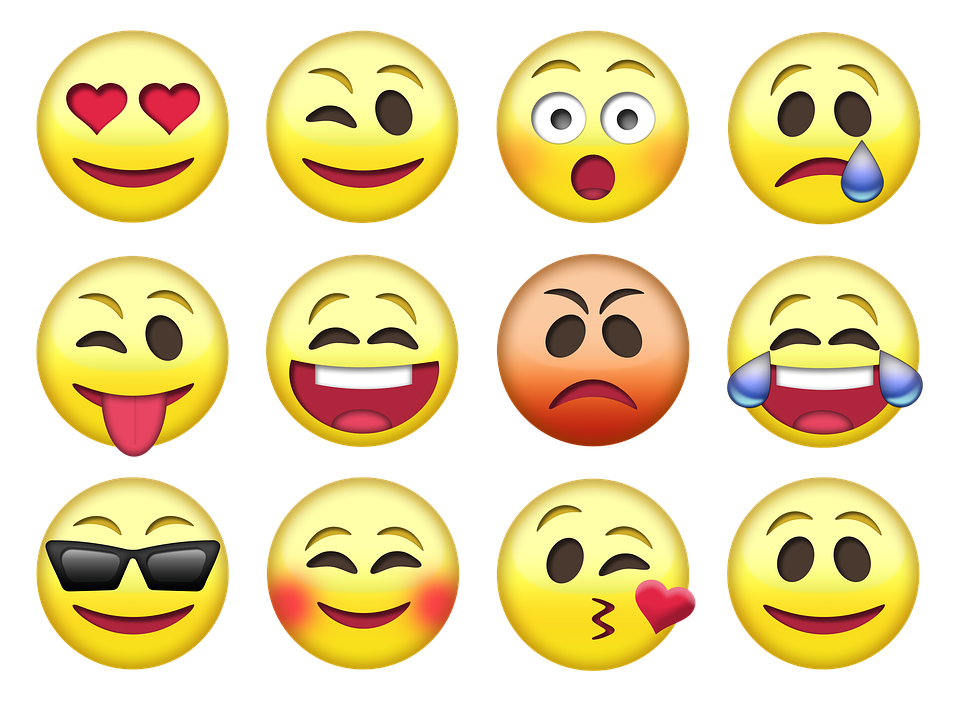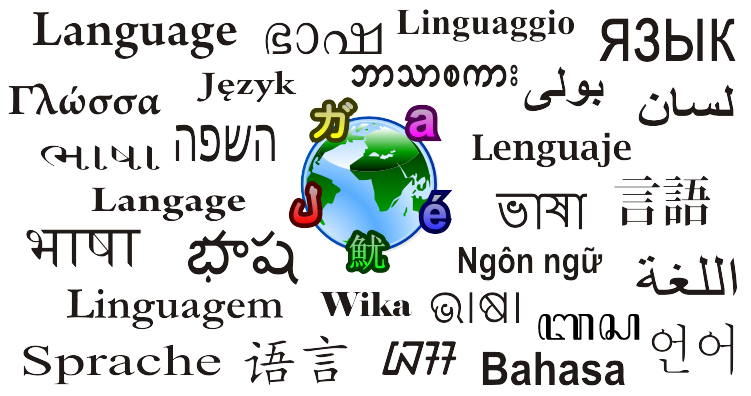What technology is out there?
We’ve probably all used Google Translate before. It’s a nifty tool which switches languages quicker than a Spanish dictionary. But new technologies are even smarter, and already available on a range of devices. Perhaps you have a Chinese friend that you game with online. Usually, a video call would be out of the question. But Skype can instantly translate Mandarin to English and vice-versa. Other products include Pixel Buds, developed by Google. These wireless earphones can detect a language and then speak the translation. They cover 40 languages, ranging from Portuguese to Italian. So next time you order spaghetti, you can impress your waiter! With these tools at your fingertips, there may be no need to be tongue-tied.
How does it work?
Machine Translation (MT) is the computer process for converting languages. There are several approaches but each one involves important stages. Firstly, you must understand the original language, which isn’t as easy as it sounds. We might speak English fluently, but your computer chats in 1s and 0s. And when you have to convert speech into text, this adds another puzzling challenge. After the first language is understood, there are three main translation techniques. Rule-Based MT (RBMT) links the structure of the input and output sentences. However, it struggles when phrases are ambiguous, such as “fruit flies like a banana”. Improving on this, Statistical MT studies massive databases to guess the right translation. Google analysed 200 billion words to create its service, which explains why it’s able to cope with so many different types of translation requests. But as if that wasn’t enough, they are now adding Artificial Intelligence (AI) into the mix. Through Neural MT, clever computer programs can now stitch together the meanings of words. And since they use similar structures to the human brain, perhaps we could someday achieve a near ‘perfect’ translation?
Does technology have the answers?
Technology has certainly made the world feel smaller. But can it really reduce the age-old barriers between cultures? Many would say that the challenge of learning a language is the whole point of doing it. It might be time-consuming and difficult, but that only increases the thrill when you’re fluent. King Charlemagne, who united most of Europe in 800AD, famously said: “To have another language is to possess a second soul”. And if we rely on clever systems, what happens when they fail? We currently have very good interpreters for when global leaders chat so that they can discuss important issues without mastering each other’s languages. But if our technology mistranslates, there could be real-world consequences.
Languages hold cultural and historical value too. While Germany was only unified in 1871, its kingdoms spoke German for over 500 years. Countries form identities around their language, and might not want everybody intruding. Learning a new tongue is tough, and therefore you earn the respect of fellow speakers. But when you can speak Korean through an app, have you really appreciated their culture? Importantly, who decides what is a language? We might have dictionaries and standard spelling, but we also have a range of dialects. Two people living in different parts of the UK might both speak English, but they likely use many different words. Someone learning English may miss out on these subtle and interesting differences. If all translation is standardised, would we lose the diversity in our language?
What else can we do?
If Machine Translation isn’t the solution, what else could technology offer? Many of us speak in unique languages to us. And while you and your friends might understand each other perfectly, your parents and others might struggle to keep up. ‘Text speak’ chops down complex phrases into a ‘lol’ or ‘omg’. These conversations might also be filled with emojis. A smiley face is universal and can be understood just as well in Japanese as in Greek. Since the Internet has replaced many in-person communications, this can potentially reduce cultural barriers.

What if we tried inventing a new language? Then we could make it as simple as possible for everybody to learn. Auxiliary languages, with Esperanto being the most popular, allow friends to talk using a common tongue. Over 2 million people speak Esperanto, with it considered relatively easy to learn. Compared to English, a German university found it 10 times quicker to master.
The future of language
Question is…will we even be the ones creating our future languages? Researchers at Facebook stumbled over something quite startling. They’d created two chatbots (AI programs designed to lead a conversation) to mimic trading and negotiation. But they definitely weren’t expecting them to invent their own language! These bots found English wasted too much time, and so started communicating in a new language. This could have big implications in the future if AI becomes a larger part of our daily lives. If computers are communicating for us, will it be more important to speak in a language they understand? What do you think?
Would it be better | if we all spoke | the same language?
Vote now-
Read More
- Multilingual poetry - the experience of many voices
- Speaking dialects trains the brain in the same way as bilingualism
- The Tree of Languages
- Could social media save endangered languages?
- Would it be better if we all spoke the same language? Take this further...
- Can technology help us reduce the barriers between languages?
- Oxplore: answers to your language questions
-
Watch More
-
Do More
